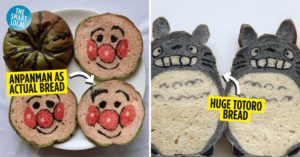Types of ramen explained
Japanese ramen comes in many shapes and forms, ranging from regional specialties to popular classics. For the inexperienced, ordering ramen can be a daunting task due to the many choices on the menu. But fret not as this guide will explain the 9 types of ramen so that you know exactly what you are ordering.
– The Big Four –
1. Shoyu (醤油) ramen
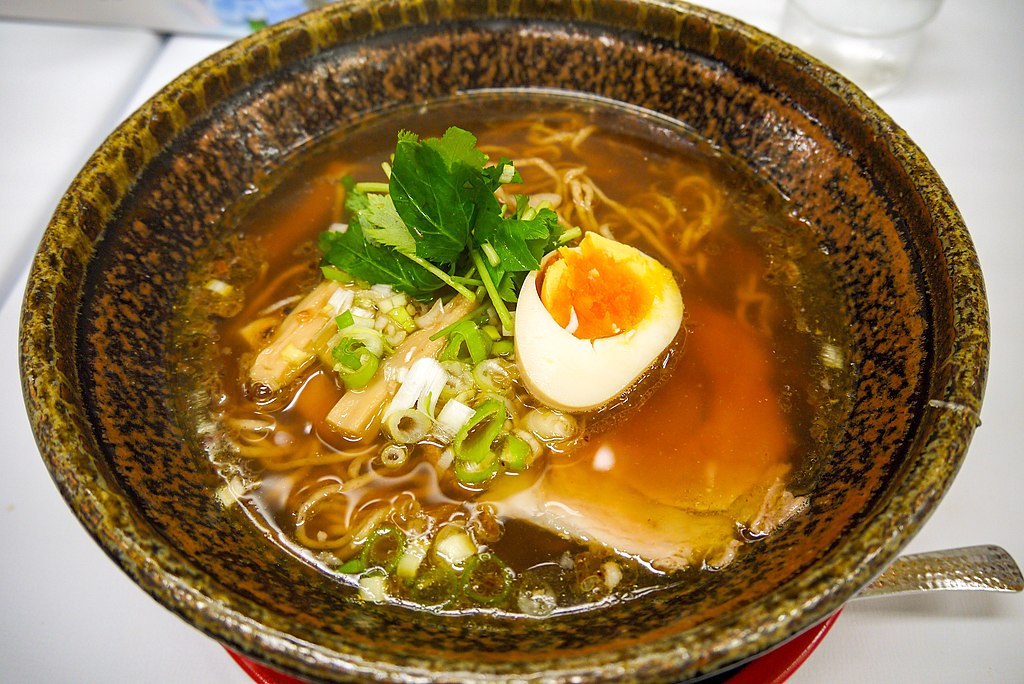
Image credit: Wikimedia Commons
Shoyu (soy sauce) ramen is the most common type of ramen in Japan. It is easily distinguishable from the others due to its clear brown soup. The soup gets its color from the shoyu added to the broth. Lighter broth, such as chicken, is often used in shoyu ramen.
2. Shio (塩) ramen
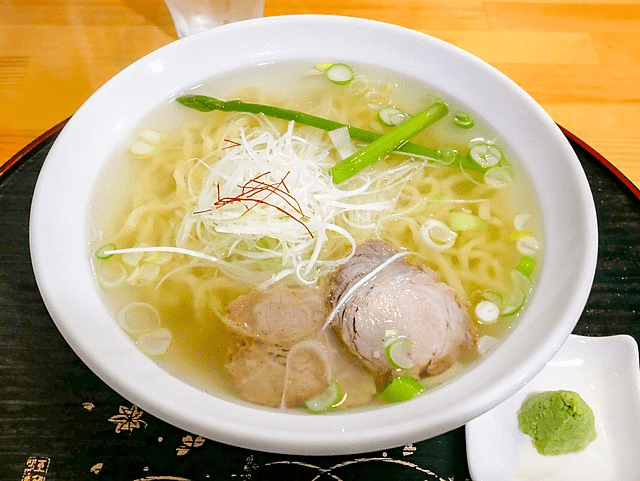
Image credit: Wikimedia Commons
Another type of ramen that has a clear soup base is the shio (salt) ramen. It has a saltier flavour compared to other types of ramen because of the sea salt added to the broth. Seafood or chicken broth are often used when preparing this type of ramen, giving it a light taste.
3. Miso (味噌) ramen
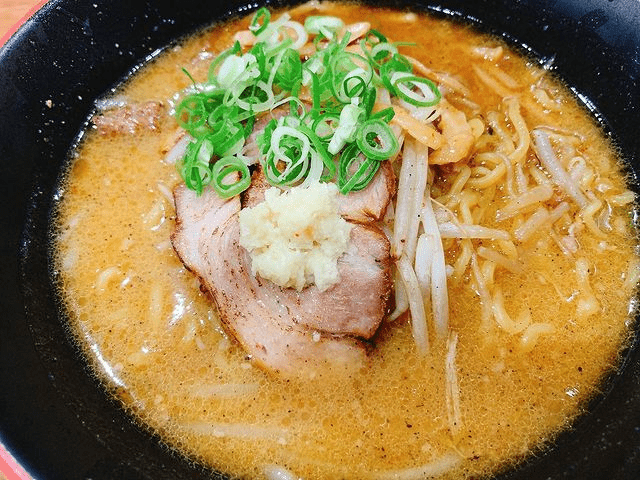
Image credit: @_kewpie_7
Miso ramen is made by adding miso, a type of fermented soybean paste, to the broth. This results in a thick and opaque soup that has a rich flavour. Even though the color of the soup generally takes on a yellowish-brown hue, it can change depending on the type and amount of miso used during preparation. For example, red miso will give rise to a reddish-brown soup, while white miso will yield a soup with a lighter hue.
4. Tonkotsu (豚骨) ramen
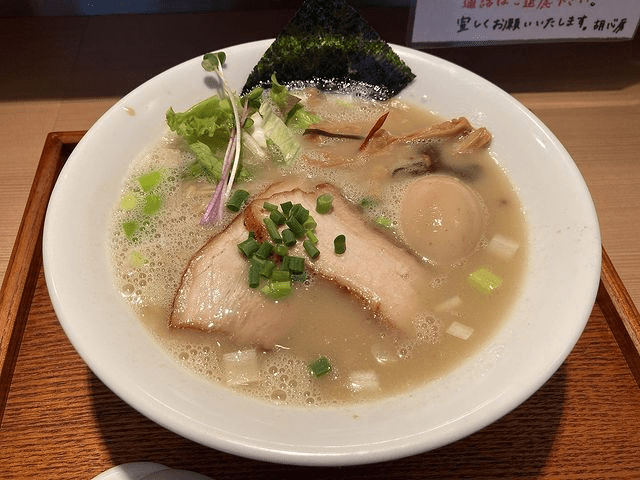
Image credit: @zono1485
Tonkotsu (pork bone) ramen gets its name not from the type of seasoning added in the broth, but the main ingredient used when making the broth – pork bone. Because of the fats and collagen in it, the soup takes on a cloudy and creamy look, with a thick and milky taste to it.
Tonkotsu ramen is sometimes not considered a flavour category by some, due to fact that other types of ramen are categorised based on seasoning added, instead of the type of broth used. However, most people regard tonkotsu ramen as a distinct type of ramen because of its popularity.
– Other types of ramen –
1. Tsukemen (つけ麺)
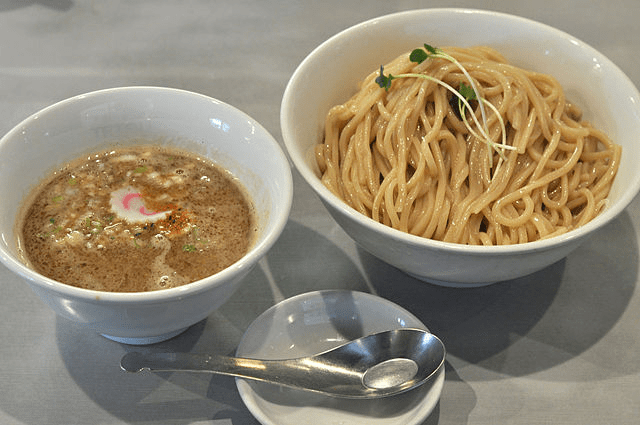
Image credit: Wikimedia Commons
Tsukemen (dipping noodles) is a type of ramen where the noodles and soup are served separately. To enjoy this dish, you have to dip the noodles into the thick soup before eating.
Tsukemen noodles are often springy, and are served either cold or warm depending on the restaurant. Its soup comes in different variants, with most being thick, gravy-like, and rich in flavour.
2. Tantanmen (担々麺)
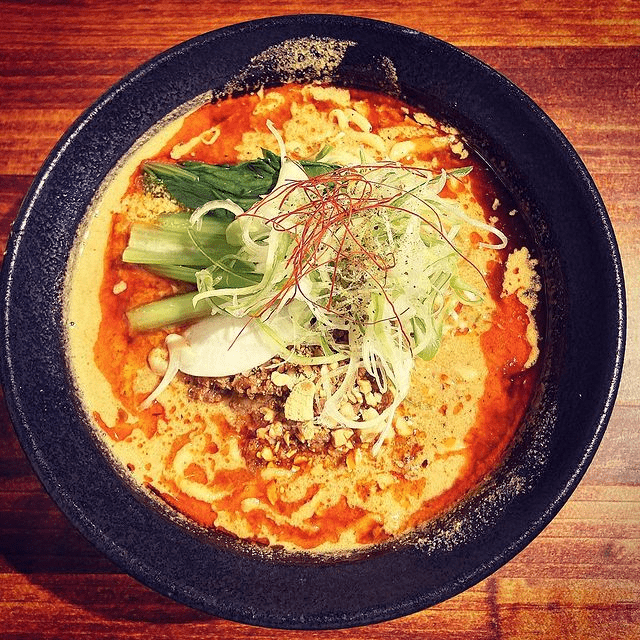
Image credit: @rishihara0811
Tantanmen is a descendant of the Sichuan Chinese dan dan mian. One look at its orange-reddish appearance will tell you that this is a spicy ramen. Other notable characteristics of the tantanmen include the use of sesame oil, and the small mountain of minced meat topping on it.
3. Curry ramen (カレーラーメン)
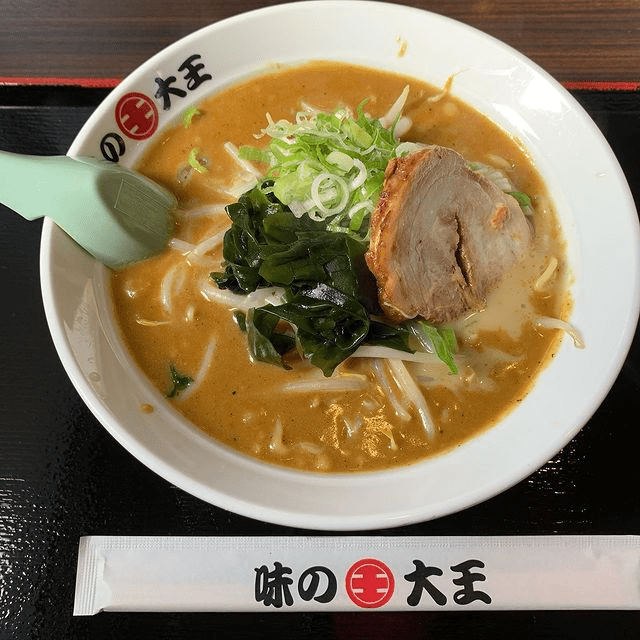
Image credit: @k__foodiary_
Curry ramen is essentially ramen noodles with curry gravy. The noodles are often thicker as compared to other types of ramen. The curry used ranges from sweet to spicy, with the former being more common in Japan.
4. Maze soba (まぜそば)
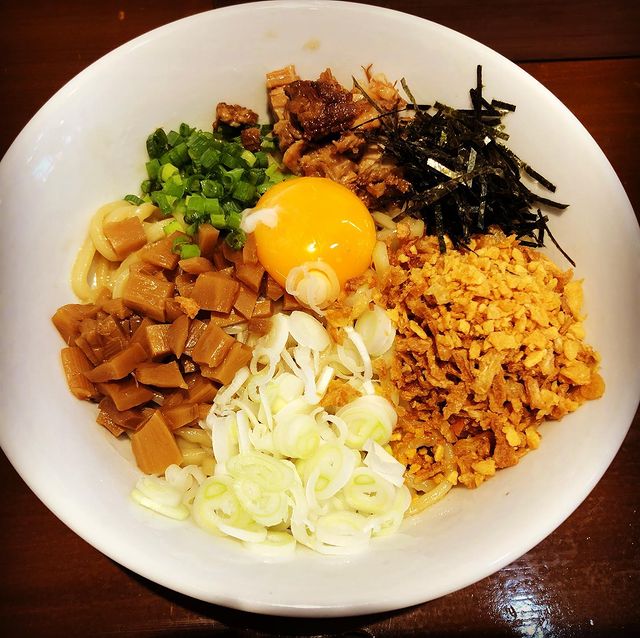
Image credit: @gum0211
Maze (mixed) soba gets its name from the fact that you need to mix the topping with the noodles before eating. Unlike most types of ramen, maze soba is served dry.
In some restaurants, maze soba may also be referred to as abura soba (油そば) or abura ramen (油ラーメン). “Abura” means oil, which also refers to the aroma oil used in making this cuisine.
5. Cold ramen (冷やしラーメン)
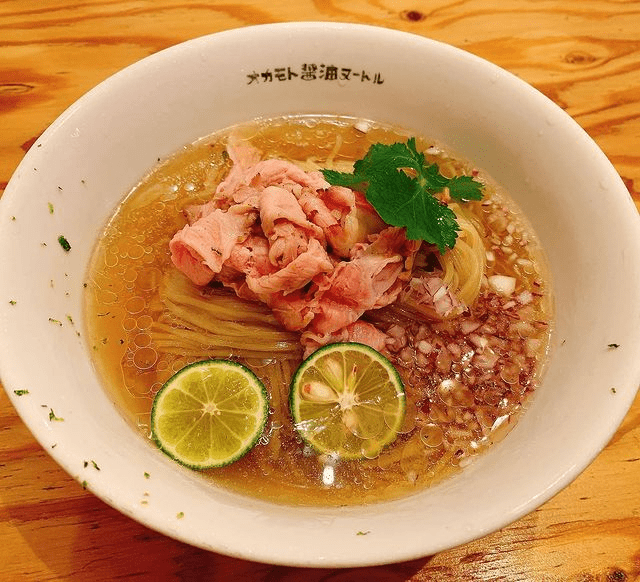
Image credit: @325.gourmetgram
A dish exclusive to the summer, cold ramen is commonly referred to as hiyashi chuuka (冷やし中華).
It is served cold, with or without soup, and accompanied by citrus fruits such as lime, lemon, or yuzu to add a refreshing taste. Eating cold ramen will take your mind away from the oppressive summer heat in Japan.
– Two types of soup –
1. Chintan (清湯、チンタン)

Image credit: @panoptes.infinite_mind
Chintan means “clear soup”, and the term is derived from the Chinese language. Chintan refers to types of ramen with a clear soup base, and they tend to have a lighter, mellow taste. Types of ramen that are categorised as chintan are shoyu ramen and shio ramen.
2. Paitan (白湯、パイタン)
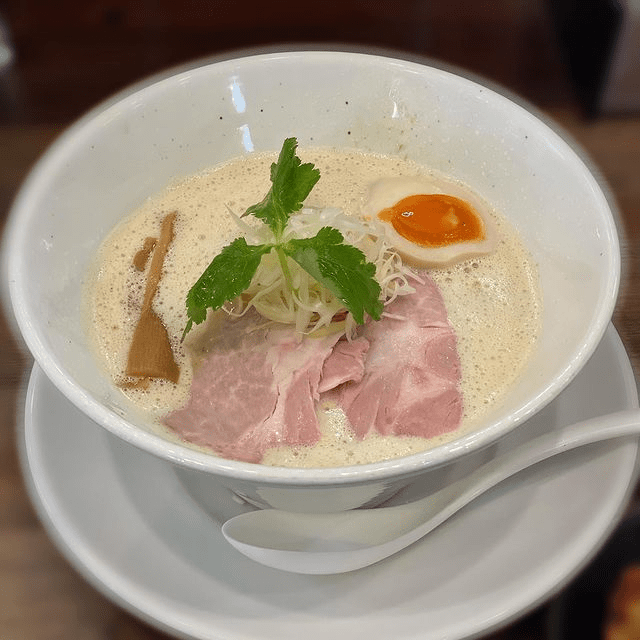
Image credit: @bori__chan_
Paitan, a term also derived from the Chinese language, means “white soup”. Paitan refers to types of ramen that have a cloudy, milky, and opaque soup – they don’t necessarily have to be white in color. The soup of a tonkotsu ramen is an example of a paitan.
Types of ramen explained in a nutshell
New styles of ramen are being created every day in Japan. Fortunately, most of them fall into either one or more of the categories mentioned above. Now that you have finished reading this guide, you won’t feel as clueless the next time you step into a ramen restaurant that’s particularly adventurous with its creations.
For more Japanese food guides, check out:
- Authentic Japanese ramen places
- Cheap sushi in Osaka
- Giant food dishes
- Delicious but unusual Japanese foods
- Regional types of udon
Cover image adapted from (clockwise from top-left): @panoptes.infinite_mind, Wikimedia Commons, Wikimedia Commons and @bori__chan_

Drop us your email so you won't miss the latest news.

